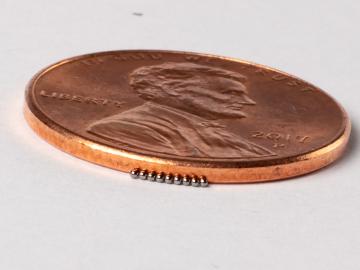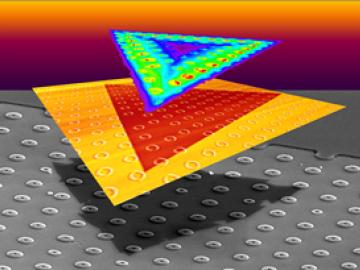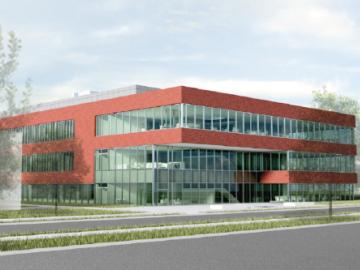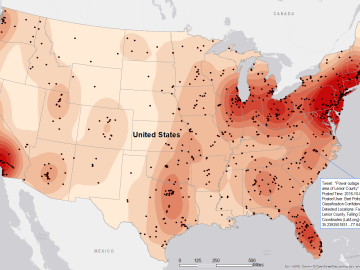
Filter News
Area of Research
- Advanced Manufacturing (2)
- Biology and Environment (7)
- Computational Engineering (1)
- Computer Science (5)
- Energy Science (40)
- Fusion and Fission (5)
- Fusion Energy (11)
- Materials (21)
- Materials for Computing (2)
- National Security (8)
- Neutron Science (7)
- Nuclear Science and Technology (17)
- Nuclear Systems Modeling, Simulation and Validation (1)
- Quantum information Science (6)
- Supercomputing (30)
News Topics
- (-) Advanced Reactors (21)
- (-) Big Data (20)
- (-) Fusion (19)
- (-) Quantum Science (24)
- (-) Security (5)
- 3-D Printing/Advanced Manufacturing (44)
- Artificial Intelligence (21)
- Bioenergy (24)
- Biology (7)
- Biomedical (27)
- Biotechnology (3)
- Buildings (1)
- Chemical Sciences (5)
- Clean Water (7)
- Composites (4)
- Computer Science (80)
- Coronavirus (25)
- Critical Materials (2)
- Cybersecurity (11)
- Energy Storage (30)
- Environment (52)
- Exascale Computing (6)
- Frontier (3)
- Grid (12)
- High-Performance Computing (3)
- Isotopes (9)
- Machine Learning (13)
- Materials (2)
- Materials Science (59)
- Mathematics (2)
- Mercury (3)
- Microscopy (14)
- Molten Salt (3)
- Nanotechnology (23)
- National Security (2)
- Neutron Science (59)
- Nuclear Energy (48)
- Physics (21)
- Polymers (9)
- Space Exploration (6)
- Summit (26)
- Transportation (29)
Media Contacts

Researchers at Oak Ridge National Laboratory are taking inspiration from neural networks to create computers that mimic the human brain—a quickly growing field known as neuromorphic computing.

Oak Ridge National Laboratory physicists studying quantum sensing, which could impact a wide range of potential applications from airport security scanning to gravitational wave measurements, have outlined in ACS Photonics the dramatic advances in the field.

For the first time, Oak Ridge National Laboratory has completed testing of nuclear fuels using MiniFuel, an irradiation vehicle that allows for rapid experimentation.

A study led by Oak Ridge National Laboratory explored the interface between the Department of Veterans Affairs’ healthcare data system and the data itself to detect the likelihood of errors and designed an auto-surveillance tool

A team led by scientists at the Department of Energy’s Oak Ridge National Laboratory explored how atomically thin two-dimensional (2D) crystals can grow over 3D objects and how the curvature of those objects can stretch and strain the

OAK RIDGE, Tenn., May 7, 2019—Energy Secretary Rick Perry, Congressman Chuck Fleischmann and lab officials today broke ground on a multipurpose research facility that will provide state-of-the-art laboratory space

In a step toward advancing small modular nuclear reactor designs, scientists at Oak Ridge National Laboratory have run reactor simulations on ORNL supercomputer Summit with greater-than-expected computational efficiency.

Gleaning valuable data from social platforms such as Twitter—particularly to map out critical location information during emergencies— has become more effective and efficient thanks to Oak Ridge National Laboratory.

Scientists have tested a novel heat-shielding graphite foam, originally created at Oak Ridge National Laboratory, at Germany’s Wendelstein 7-X stellarator with promising results for use in plasma-facing components of fusion reactors.
OAK RIDGE, Tenn., Feb. 12, 2019—A team of researchers from the Department of Energy’s Oak Ridge and Los Alamos National Laboratories has partnered with EPB, a Chattanooga utility and telecommunications company, to demonstrate the effectiveness of metro-scale quantum key distribution (QKD).


